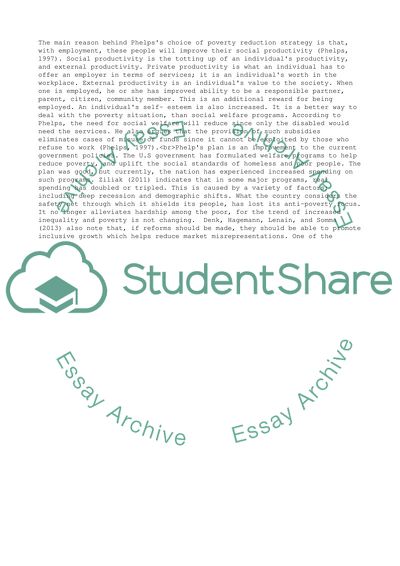Cite this document
(Final Exam Essay Example | Topics and Well Written Essays - 2000 words - 2, n.d.)
Final Exam Essay Example | Topics and Well Written Essays - 2000 words - 2. https://studentshare.org/macro-microeconomics/1809659-final-exam
Final Exam Essay Example | Topics and Well Written Essays - 2000 words - 2. https://studentshare.org/macro-microeconomics/1809659-final-exam
(Final Exam Essay Example | Topics and Well Written Essays - 2000 Words - 2)
Final Exam Essay Example | Topics and Well Written Essays - 2000 Words - 2. https://studentshare.org/macro-microeconomics/1809659-final-exam.
Final Exam Essay Example | Topics and Well Written Essays - 2000 Words - 2. https://studentshare.org/macro-microeconomics/1809659-final-exam.
“Final Exam Essay Example | Topics and Well Written Essays - 2000 Words - 2”. https://studentshare.org/macro-microeconomics/1809659-final-exam.


